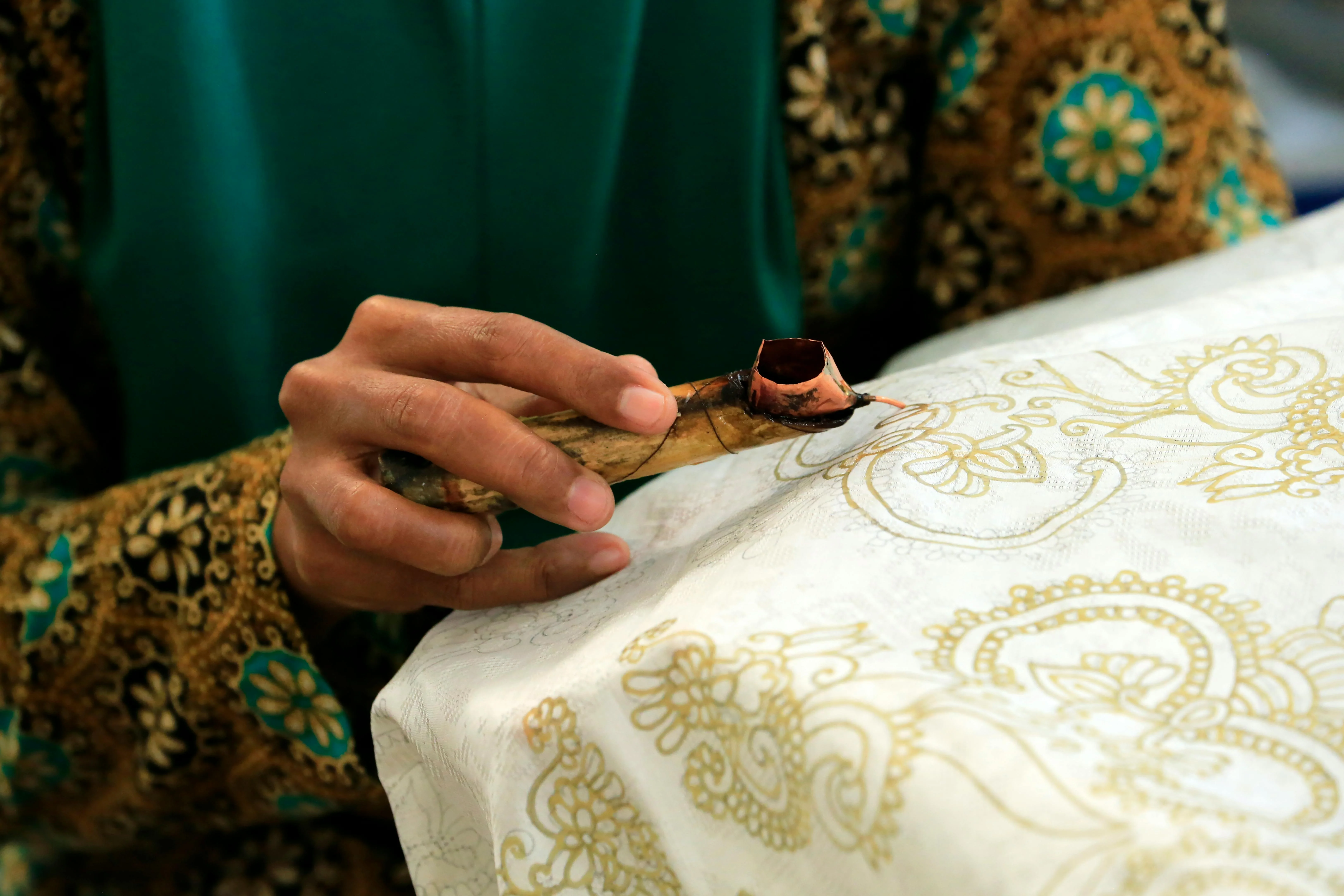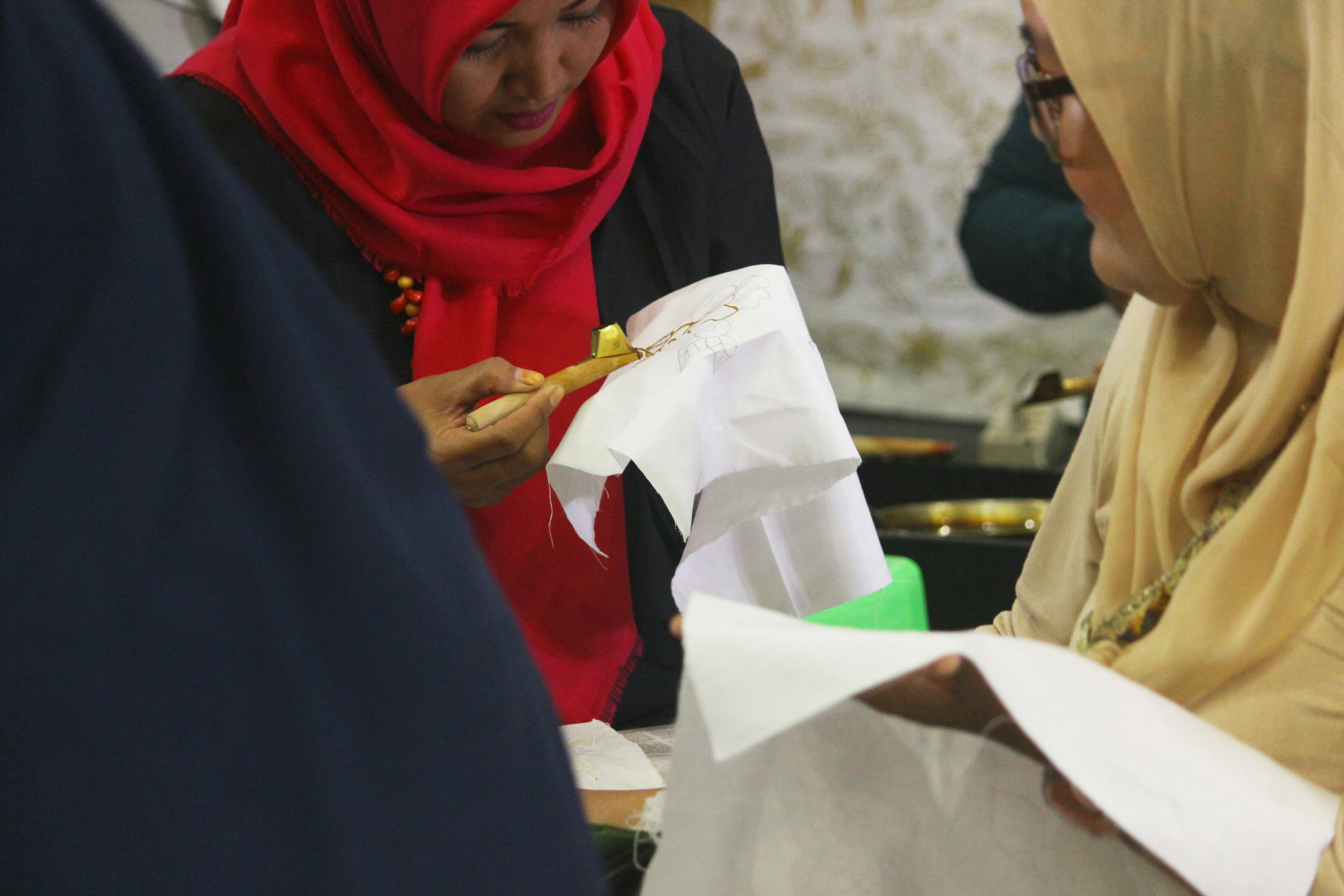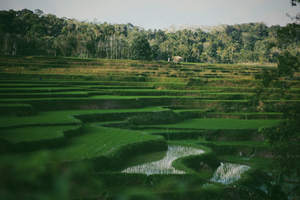Journey to Java: Discovering Eco-Friendly Practices in Traditional Batik Making

In a world increasingly attuned to the importance of sustainable living, there's a unique allure in uncovering art forms that have long embraced eco-friendly practices. The traditional process of Javanese batik making is one such art, steeped in history and cultural significance, yet remarkably aligned with modern sustainability ethics. This beloved Indonesian craft, renowned for its intricate patterns and vibrant colors, has charmed artisans and enthusiasts for centuries. But what makes this heritage textile so appealing today is its enduring harmony with nature, which is especially resonant in the cultural hub of Bali.

The Cultural Significance of Batik
Batik is more than just a technique or a pattern; it is a profound cultural expression deeply woven into the fabric of Javanese identity. Each batik piece tells a story, reflecting a rich tapestry of folklore, spirituality, and historical narratives. Every motif carries a unique meaning, from the droplets of rain that signify fertility to the curls of waves indicative of life's tumult. Batik clothing is often worn during important ceremonies and celebrations, emphasizing its cultural weight and spiritual resonance.
Traditional Methods Rooted in Sustainability
In the bustling world of Bali, where modernity meets tradition, the art of batik thrives. At its core, the traditional batik-making process is inherently eco-friendly, embracing nature in every step:
- Natural Dyeing Process: Traditional artisans favor natural dyes over synthetic alternatives. These dyes are derived from readily available resources like indigo leaves, mahogany bark, and turmeric. This painstaking preparation ensures minimal environmental harm while preserving the rich, earthy hues characteristic of authentic Javanese batik.
- Paraffin Wax: The batik process begins with applying melted paraffin wax to undyed fabric, outlining intricate designs. This wax serves not only as an essential tool for pattern-making but also as a sustainable resource. Once the dyeing is complete, artists effortlessly remove the wax, heat it, and reuse it, reducing waste and maximizing resources.
- Cotton and Silk Textiles: Artisans primarily use natural fibers such as cotton and silk in the creation of batik. These materials not only support sustainable agriculture—natural fibers being biodegradable—but also enhance the longevity and aesthetic quality of the finished product, contributing to a durable fashion ethos.

Bolstering Sustainable Tourism in Bali
In embracing traditional Javanese batik, tourists and locals alike find an opportunity to engage with a cultural legacy that champions sustainability. Visitors can bring home more than just a souvenir; they take with them a story and a commitment to environmental stewardship influenced by Bali's enchanting charm.

Conclusion: A Tapestry of Tradition and Sustainability
In a society moving towards eco-consciousness, the traditional art of batik making stands as a testament to sustainable artistry, seamlessly weaving together culture and ecology. The vibrant motifs of Javanese batik, crafted through time-honored methods, invite culture enthusiasts to see the world through a kaleidoscope of history and heritage. As Bali welcomes you to explore this beautiful craft, you'll discover more than intricate patterns; you'll find a love letter to our planet, reminding us that ancient practices hold the key to a sustainable future.







